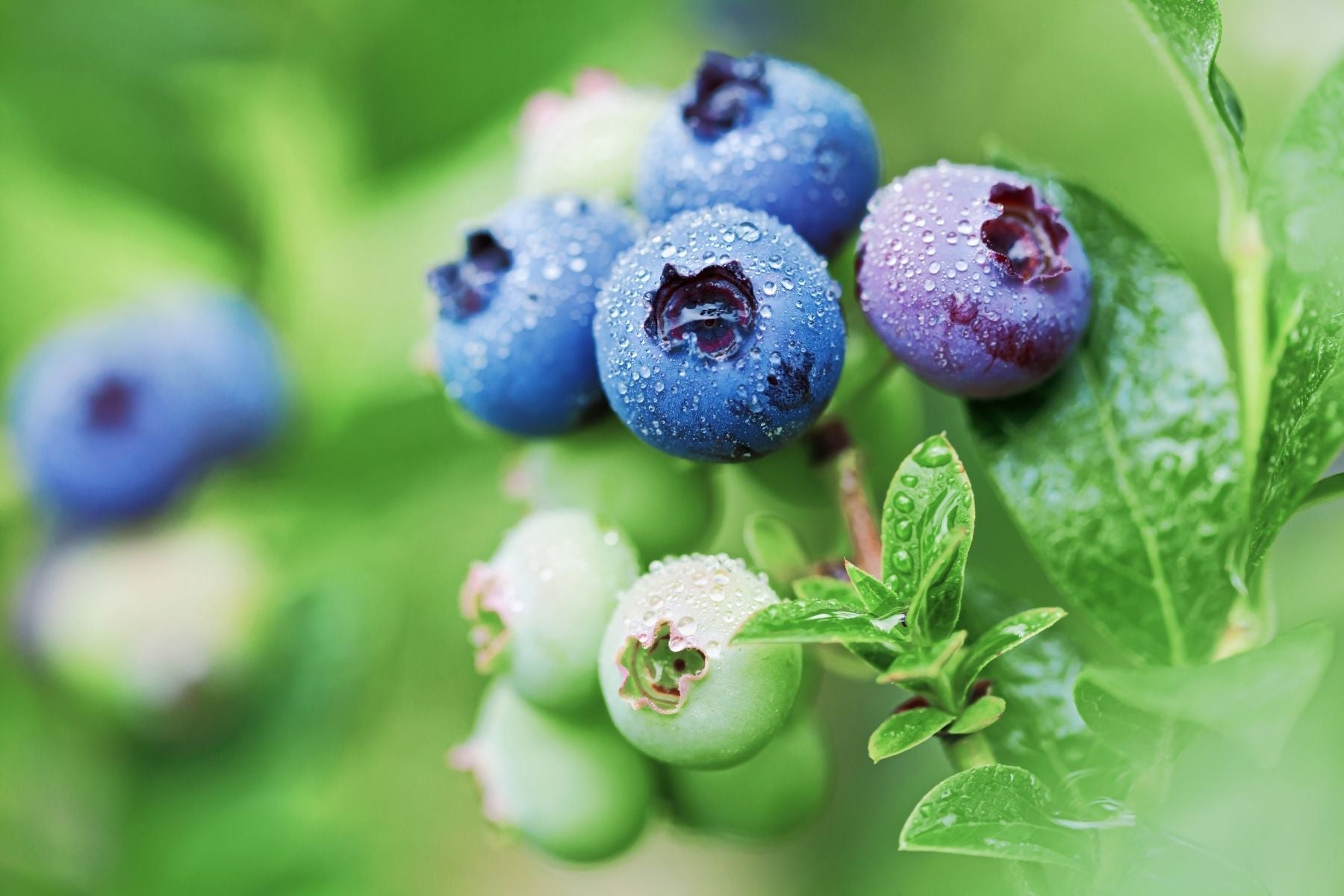Blueberries do more than just make for a tasty pie. They're also high in antioxidants, nutrients, fiber, and vitamins. If you find it challenging to keep plants alive, worry no more. Blueberry trees are easy to grow if you have ideal soil conditions for them to flourish. To learn how to grow and care for your new addition, dig into things to know about planting blueberry bushes in your yard.
Benefits of Blueberries
Beautiful Scenery
Blueberry bushes are a relative of the azalea, making them more than just a fruiting plant. They will also add an amazing pop of blue to your property in the fall and beautiful white flowers in the spring.
They’re a Superfood
On top of their fantastic aesthetic, blueberries are also one of nature's superfoods, packed full of essential minerals and nutrients. That's right; they can actually help boost your overall health! Blueberries are incredibly versatile and are excellent in anything from bread and muffins to salads. They even make delicious jams and preserves!
Great for Freezing
Amazingly enough, they don't lose their health advantages even after they're frozen. Many people freeze blueberries to use throughout the year in smoothies and shakes rather than buying them from the store. Another idea is to dry blueberries and eat them as a snack or combine them into homemade granolas and trail mixes.
Planting the Bushes
Planting your blueberry bushes is the most crucial part of the process, so here are some essential tips!
When?
It's best to plant blueberries in the spring, but you can also plant them in late fall unless you are in the coldest regions. In zones five and below, it's better to plant them in the spring.
Where?
There are several factors to consider when choosing the perfect spot for your blueberry bushes. While they are tolerant of shade, they thrive in sunlight. Other trees too close to the bushes shade them from the sunlight and steal the moisture from the soil.
Additionally, blueberries thrive in acidic soil. A soil pH between 4.5 and 5.5 is ideal, and dirt that isn't acidic enough will stunt growth. If yours isn't acidic enough, you can mix in a small amount of granulated sulfur several months before planting. Blueberry trees are shallow-rooted plants. Therefore, they need soil that holds moisture well but doesn't stay wet continuously.
Additionally, exposure to harsh winds dries them out. If you are planting more than one bush, you should put them together in a patch rather than apart to increase berry production and quality.
How?
Start by digging a hole. The hole should be about twice as wide and deep as the plant's roots. Prepare a mixture composed of loam, oak leaf mold, peat moss, and aged sawdust or compost to place at the bottom of the hole.
Place the tree in the ground and be cautious not to plant it too deeply as the root ball needs to sit about a half-inch below the soil's surface. Pack the soil tightly around the base of the bush. Apply 2-4 inches of sawdust, woodchips, or pine needles around the tree after planting while leaving a gap around the bush's trunk for proper airflow. Wait about a month after planting to apply fertilizer 6 to 12 inches from the tree's crown.
Caring for Blueberry Bushes
Blueberries need 1 to 2 inches of water each week to thrive. If there is a dry spell with no rain, you will need to water your plants.
As a fair warning, hungry birds love to snack on blueberries, so you should protect the bushes by draping bird netting over them. To let the plant get well established, do not allow it to produce fruit for the first couple of years after planting. Do this by plucking any blossoms, which forces the energy to go towards growth.
One year after planting, apply 1 ounce of 10-10-10 fertilizer to each bush in the spring. Increase the rate by 1 ounce of fertilizer for eight years, for a maximum of 8 ounces for mature bushes.
Pruning
You don't need to prune blueberry bushes during the first four years after planting. Following the first four years, they need pruning to stimulate the growth of the new shoots that will produce fruit the following season. Pruning consists of cutting off dead, short, broken, or weak shoots from the bush. You should prune your plants in late winter or early spring before new growth occurs.
Start with large cuts, removing wood that is more than six years old, drooping to the ground, or crowding the middle of the bush. Also, be sure to remove low-growing branches whose fruit may touch the ground.
Harvesting Blueberries
You are at the point where you get to enjoy the fruit of your labor! Blueberries are usually ready for picking between June and August. Once they turn blue, there's no need to rush to pick them. Instead, wait a couple of days. They will fall right off the bush and into your hand when they're ready for picking.
Remember that blueberry bushes will take a few years even to produce fruit, and they take up to 6 years to reach full yield production.
After picking them, blueberries last the longest if you freeze them. However, they do pretty well if left alone in a very cool spot.
Uses for Blueberries
Not only can you eat blueberries in several different ways, but you can also use them for beauty products. The plentiful antioxidants in blueberries make them an excellent ingredient to add to your skincare routine.
Be sure to look up delicious blueberry recipes such as ice cream and pies, as they are some of the best things to know about planting blueberry bushes in your yard.
Blueberries belong in every home garden! Different varieties are better suited for different conditions and areas. To learn which type of blueberry bush will grow best on your property, check out Plant Me Green's website. We provide further care and planting information and a plethora of blueberry trees for sale. Be sure to do plenty of research on maintenance and planting before ordering your blueberry bush. Happy planting!



